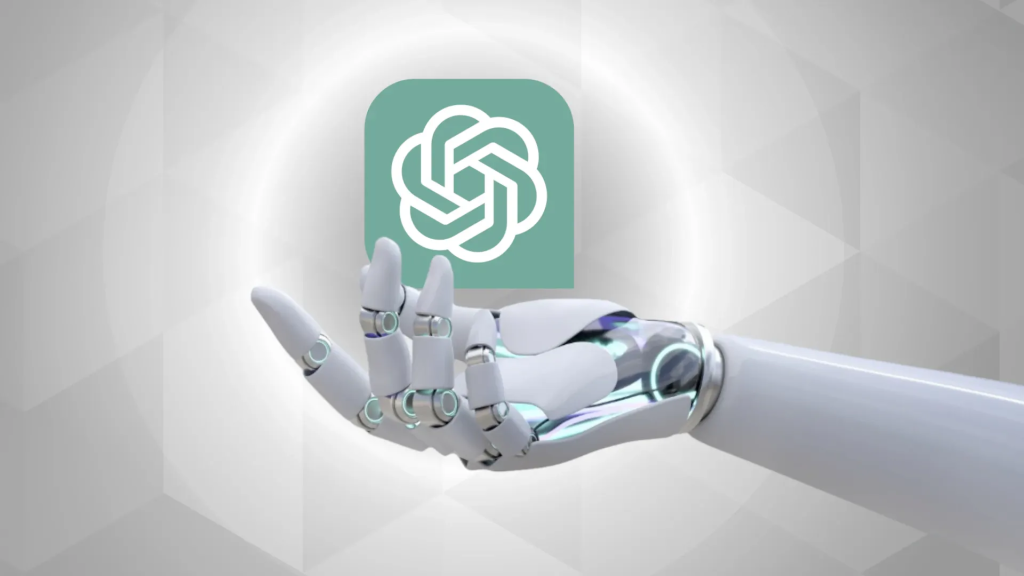ChatGPT, powered by OpenAI, is an innovative language model that has revolutionized conversational AI. With its ability to generate human-like responses in a chat format, ChatGPT has opened up a world of possibilities across various applications such as virtual assistants, customer support systems, and even creative writing tools. This AI-powered conversational agent has gained significant attention due to its impressive language understanding capabilities and its seamless interaction with users.
One of the key features that sets ChatGPT apart is its use of prompts. A prompt is an initial message or instruction provided to the model to guide its subsequent responses. By utilizing prompts, users can easily communicate their intentions and set the context for their conversation with ChatGPT. These prompts can be as simple as a single sentence or can contain multiple paragraphs, allowing users to tailor their interactions according to their specific needs. In this article, we delve into the fascinating world of ChatGPT prompts, exploring their significance, tips for effective usage, and the immense potential they hold in shaping the future of conversational AI.

Understanding the Significance of ChatGPT Prompts
The use of prompts is a crucial aspect of ChatGPT’s functionality and plays a significant role in shaping its responses. ChatGPT prompts serve as the initial communication between users and the model, allowing users to provide guidance and context for their conversation. By crafting effective prompts, users can optimize their interactions with ChatGPT and ensure that the generated responses align with their intentions.
One of the key advantages of prompts is that they enable users to structure their conversations with ChatGPT. When using a prompt, users can specify important details, set the tone or style of the conversation, or even ask the model to imagine a specific scenario. For example, if a user wants to obtain a creative piece of writing from ChatGPT, they might provide a prompt like “Write a short story about a detective solving a mysterious crime in a small town.”
By providing such a prompt, users not only guide the conversation towards their desired outcome but also stimulate ChatGPT’s creativity and imagination. Additionally, prompts allow users to control the context of the conversation, ensuring that ChatGPT understands the specific domain or topic they are interested in. This flexibility and control over the conversation make prompts an invaluable tool for making the most out of ChatGPT’s capabilities.
It is important to note that crafting effective prompts requires a balance between specificity and openness. While a highly specific prompt can lead to more accurate responses, it may limit the model’s creativity. On the other hand, an open-ended prompt can result in ambiguous or irrelevant responses. Therefore, users should carefully design their prompts to strike the right balance and achieve the desired outcome.
As ChatGPT continues to evolve, prompts will likely play an increasingly significant role in shaping conversational AI. Their ability to provide structure, control, and context will pave the way for more engaging and tailored interactions with AI models. With further advancements and improvements in prompt-based communication, the potential applications of ChatGPT and similar models will continue to expand, transforming industries and revolutionizing the way we interact with AI systems.
